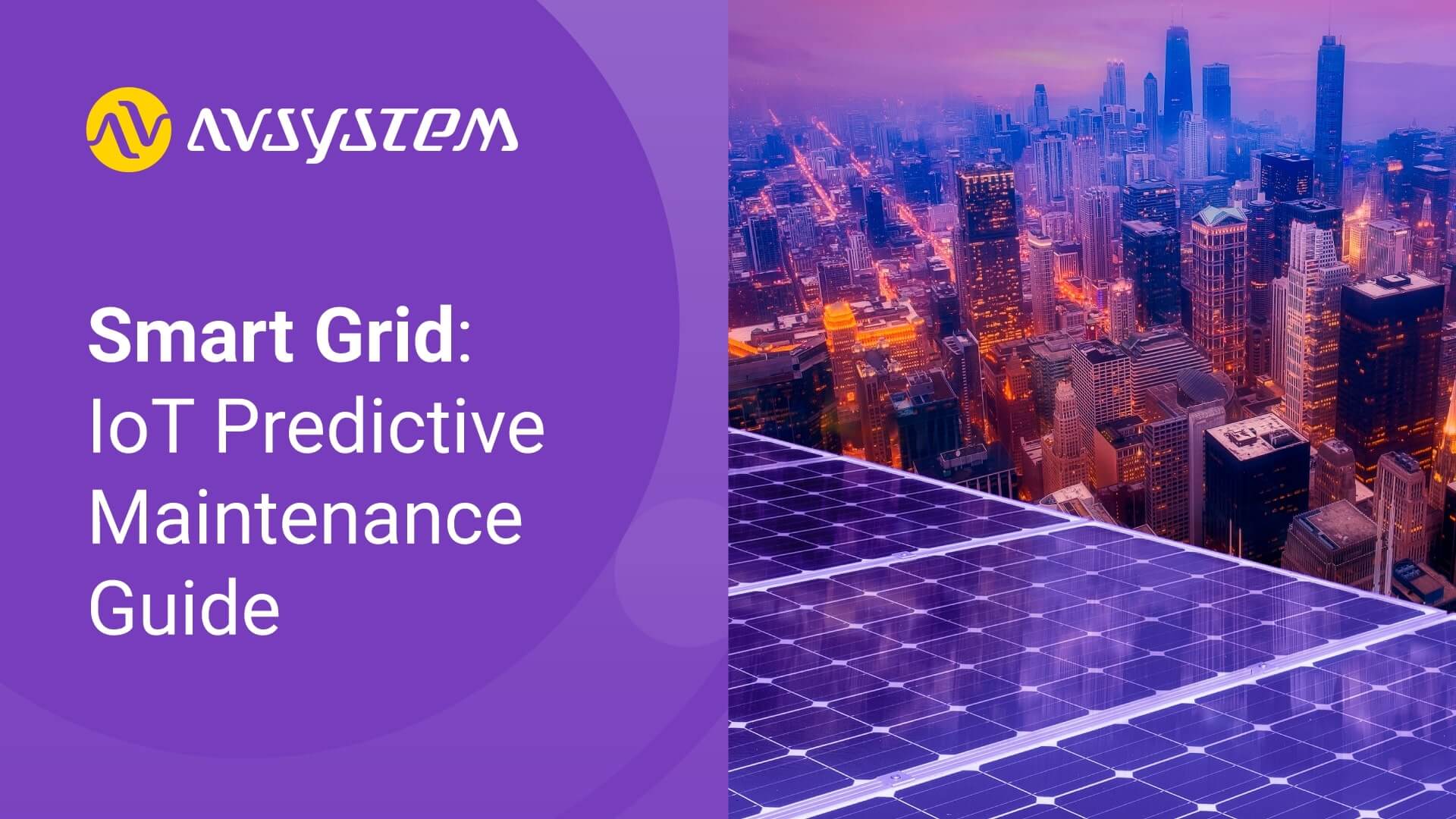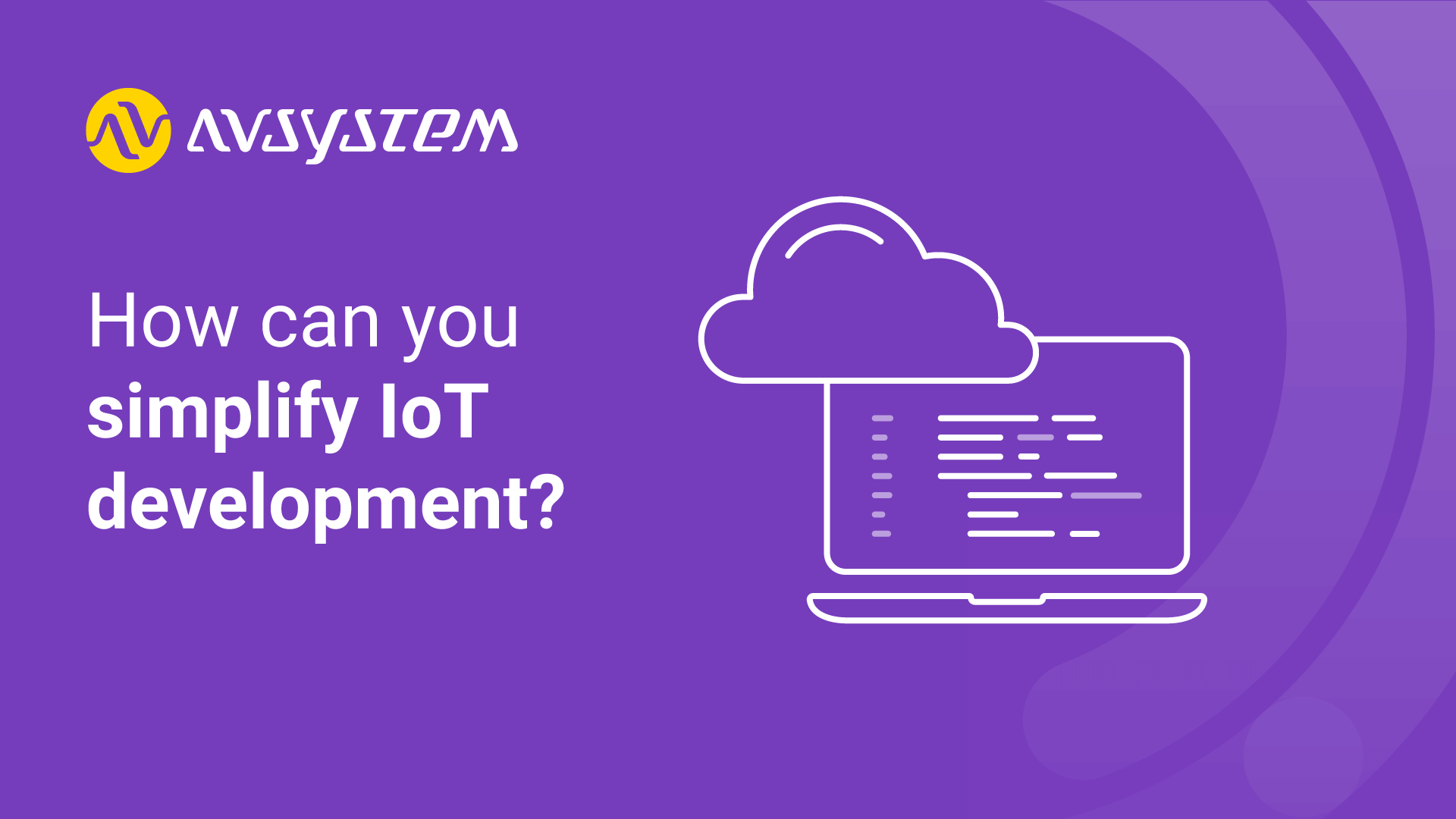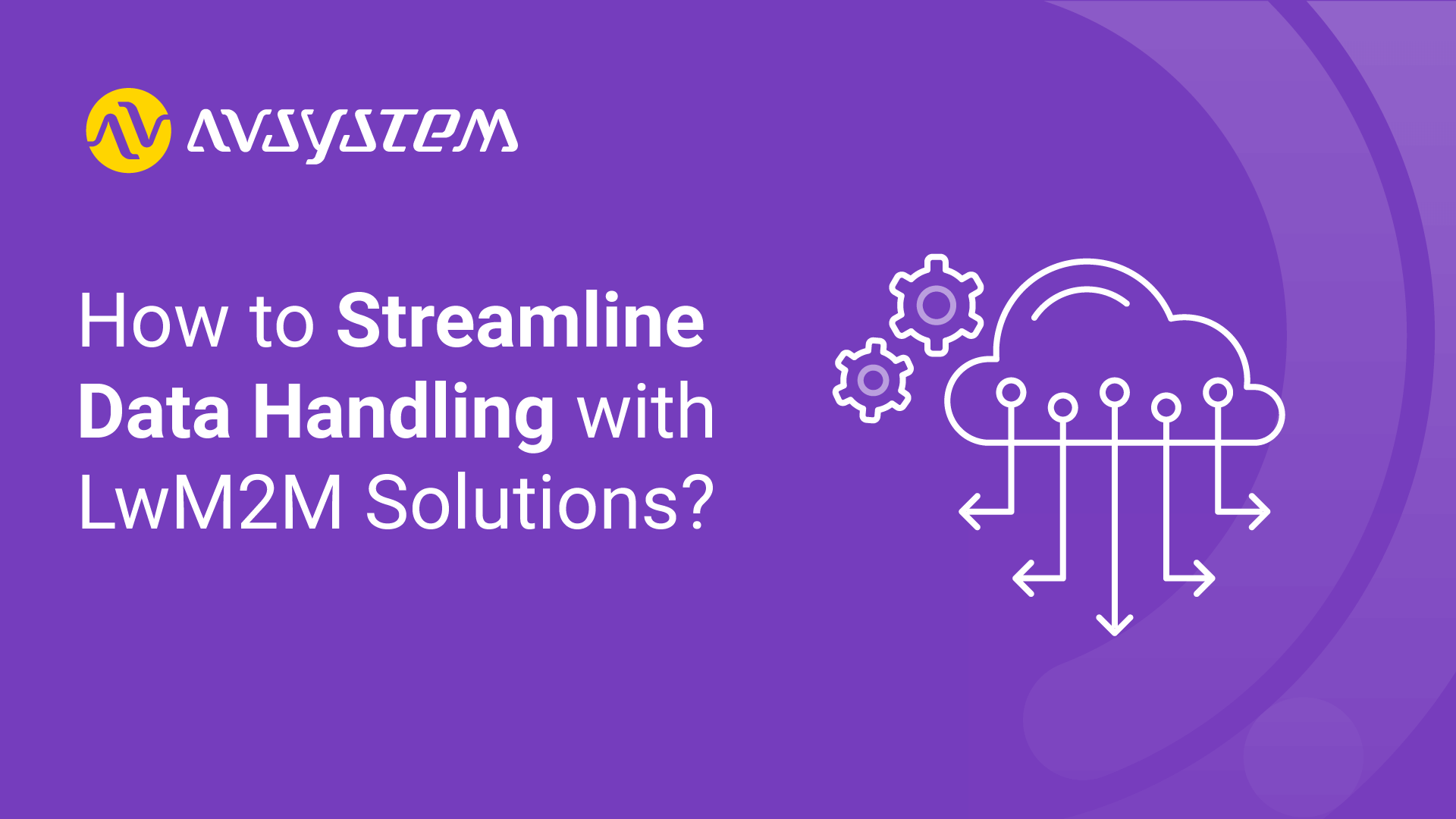Smart Grid: IoT Predictive Maintenance Guide

In the rapidly evolving energy sector, smart grid IoT applications are driving a profound transformation towards a greener and more sustainable future. With advanced technologies integrating renewable energy sources, the approach to energy distribution is undergoing a revolutionary shift.
However, alongside these advancements come challenges, from diverse infrastructures to the essential need for predictive maintenance. In this article, we explore the complexities of this landscape and delve into the role of open protocols like LwM2M in unleashing the full potential of IoT-based predictive maintenance.
Challenges with developing smart grid IoT applications
The DSO (Distribution System Operator) model, which is implemented, will maximise the integration of renewable energy sources and accelerate the decarbonisation of the economy, providing improved benefits to customers.
Smart grids play a crucial role in this transition, employing various measures like advanced metering infrastructure, load control switches, smart appliances, renewable energy resources, and energy-efficient technologies, among others.
However, this progress is not without challenges. The smart grid landscape faces hurdles in terms of diverse infrastructure, devices, and protocols, as well as scattered knowledge about their functioning. Additionally, a rapidly changing market of IoT standards and protocols further adds complexity to the mix.
To ensure successful smart grid IoT applications, the need for truly smart infrastructure management becomes evident. Predictive maintenance, which assists in determining live equipment conditions for timely maintenance, emerges as a key requirement to meet the growing demand for efficient uptime and rapid service reactions.
Requirements for building IoT-based predictive maintenance
Energy utilities require a comprehensive solution to overcome challenges and harness the full potential of IoT-based predictive maintenance.
The solution should include:
- Seamless and secure process for remote firmware updates (FOTA) to IoT devices
- Secure and streamlined device provisioning
- Extensive device bootstrapping functionalities
- Multi-component OTA updates
- Robust device fleet management with real-time health monitoring
- An IoT operation center supporting end-to-end lifecycle management
- Business logic automation capabilities.
- Necessary integrations with existing infrastructure.
Implementing such a comprehensive solution empowers energy utilities to unlock the full potential of their operations. It enables them to optimize equipment uptime, significantly reduce maintenance costs, and elevate their overall operational performance to new heights.
On the other hand, neglecting IoT-based predictive maintenance can have serious repercussions. It may lead to non-compliance with legal regulations, escalate infrastructure maintenance costs, and erode their competitive edge. Furthermore, if not implemented correctly, it could result in a closed solution with vendor-lock, leaving no room for innovative suggestions for existing devices, and lacking uniformity across their entire device fleet.
What IoT data can you use for predictive maintenance?
In a smart grid predictive maintenance use case, LWM2M plays a crucial role in tracking essential telemetry and device data, including real-time energy consumption, power quality parameters, equipment health and status, fault logs, load profiles, and battery health for energy storage systems.
Utilities can implement proactive maintenance strategies by collecting and analyzing this data. Machine learning algorithms can identify potential equipment failures, enabling utilities to schedule maintenance activities proactively, minimize downtime, reduce repair costs, and optimize overall smart grid performance.
Example of possible architecture
A practical example of a smart grid IoT project involves integrating legacy devices with limited functionality and new LwM2M devices, offering complete functionality. LwM2M enables seamless interoperability and device management, integrating with the application enablement layer. Integration with HES allows remote monitoring, predictive maintenance, and optimized performance of energy assets, resulting in reduced downtime and enhanced customer experience through proactive fault detection and efficient energy resource utilization.

The key benefits of this comprehensive solution include:
- Complete knowledge of device availability and service quality.
- Individual assessment of device condition and population analysis.
- Analysis of network and application factors.
- Performing operations on devices.
- Utilizing reusable components.
- Flexibility for expansion on each layer.
With these advantages, the solution empowers energy utilities to enhance device management, optimize operations, and drive efficiency across their infrastructure.
Conclusions
In conclusion, IoT-based predictive maintenance, powered by open protocols like LwM2M, offers a transformative opportunity for energy sector decision-makers. Adopting proactive maintenance strategies optimizes efficiency, cuts costs, and advances sustainability. Embracing this approach empowers utilities to strengthen their position as pioneers in a greener, resilient energy ecosystem.
Recommended posts
- How can you effectively tackle the challenges of IoT development?
- IoT communication protocols explained [with measurements for NB-IoT]
- How to Streamline Data Handling with LwM2M Solutions?
Subscribe to stay in the loop with all our latest content:
Recommended posts


![IoT communication protocols [with measurements for NB-IoT]](/media/avssite/news/Communication-Protocols-Comparison_cover_new.png)
